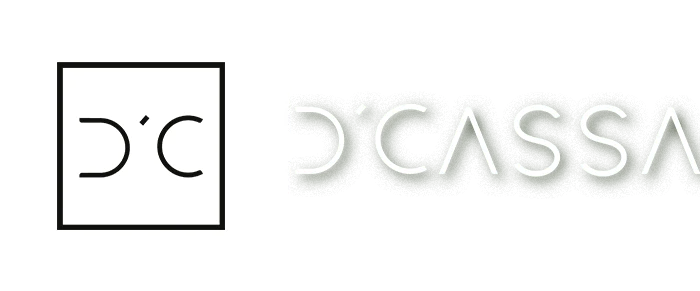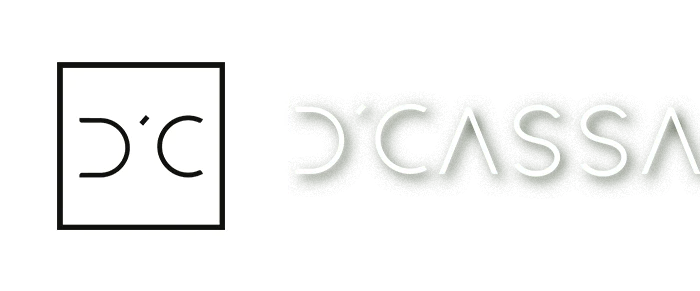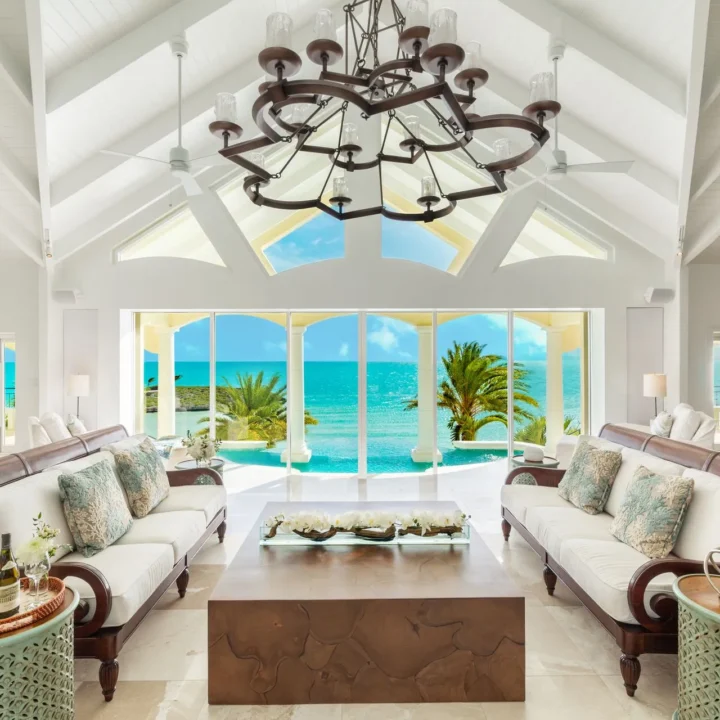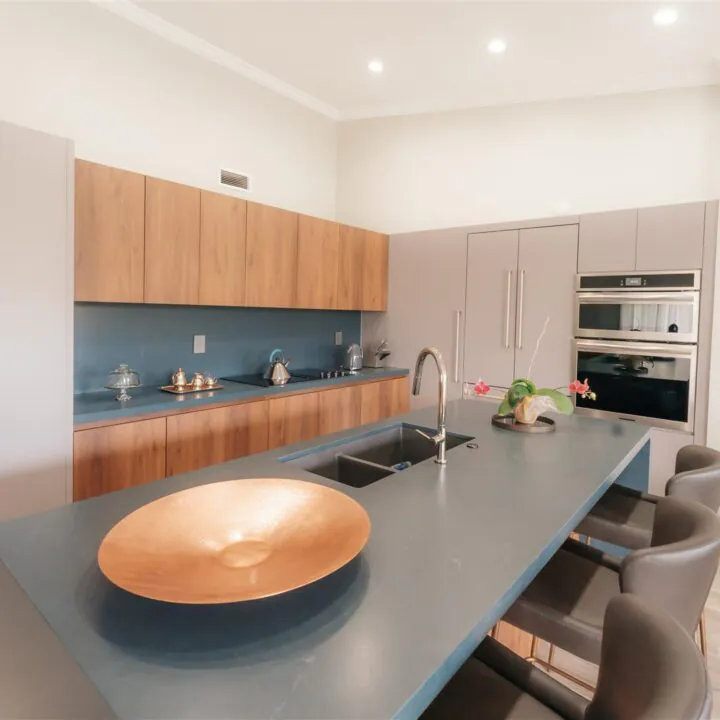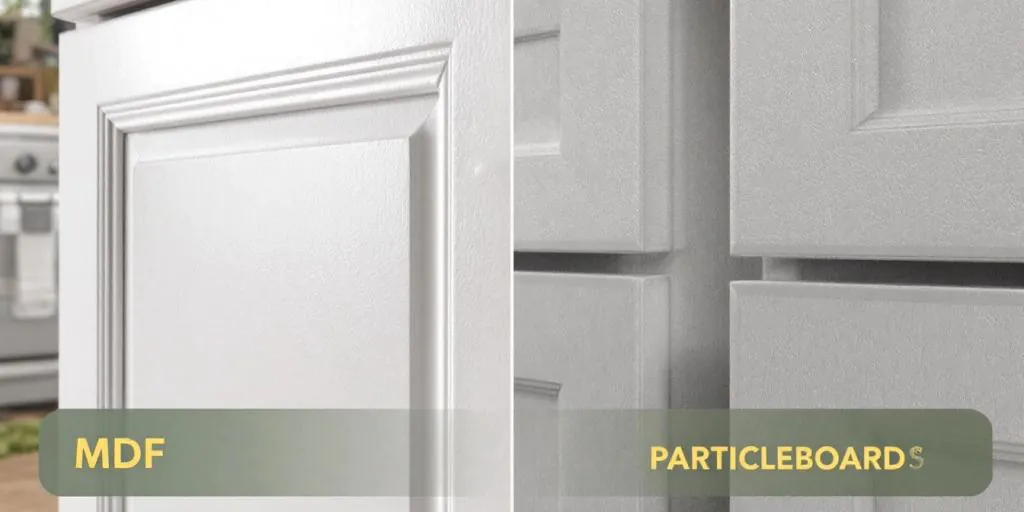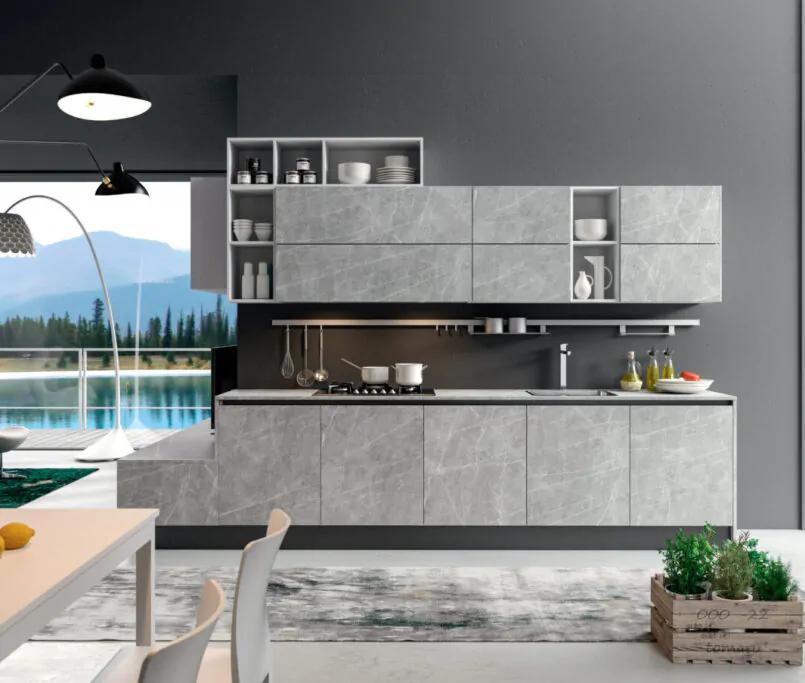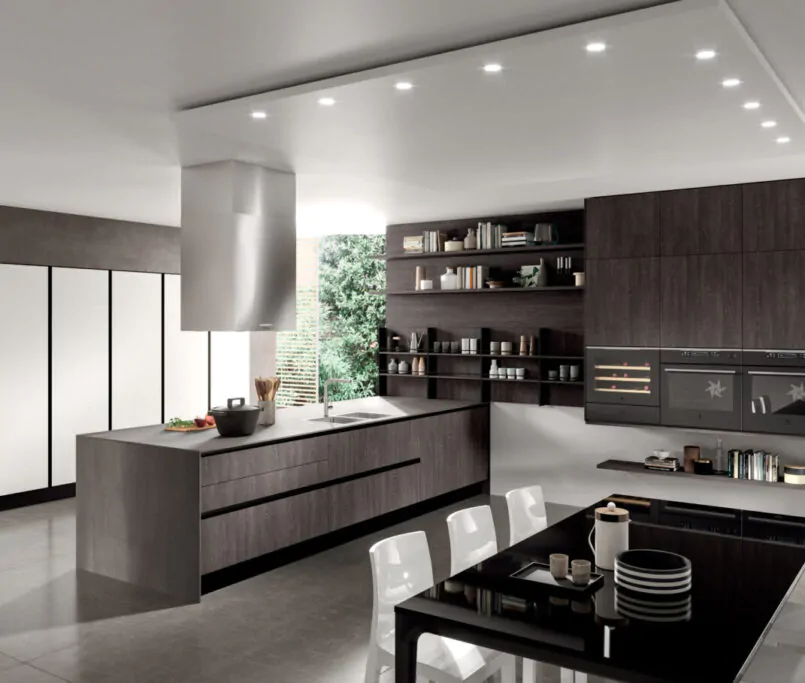Choosing the right material for your kitchen cabinets is important. Two popular options are MDF (Medium Density Fiberboard) and particleboard. Each has its own benefits and drawbacks, making it essential to understand their differences. This article will help you decide which material suits your needs better by comparing their features, durability, cost, and environmental impact.
Key Takeaways
- MDF provides a smoother surface ideal for painting and veneers.
- Particleboard is generally more affordable but less durable.
- MDF is heavier and stronger, making it suitable for high-traffic areas.
- Both materials have environmental considerations due to their manufacturing processes.
- Your choice should depend on your budget, style, and how you plan to use the cabinets.
Understanding MDF Kitchen Cabinets
What is MDF?
MDF stands for Medium Density Fiberboard. It is a type of engineered wood made from wood fibers, wax, and resin. This combination creates a dense and smooth material that is perfect for various applications, especially in kitchen cabinets.
How MDF is Made
MDF is produced by breaking down hardwood or softwood into wood fibers. These fibers are then combined with adhesives and formed into sheets under heat and pressure. The result is a strong, uniform board that is less likely to warp or crack compared to solid wood.
Common Uses of MDF in Kitchens
MDF is widely used in kitchen cabinets due to its versatility and durability. Here are some common applications:
- Cabinet doors: MDF can be easily shaped and painted, making it ideal for stylish cabinet doors.
- Shelving: Its strength allows for sturdy shelves that can hold various kitchen items.
- Decorative moldings: MDF is often used for trim and moldings, providing a polished look to kitchen designs.
MDF is known for its ability to take on a smooth finish, making it a popular choice for modern kitchen designs.
Summary
In summary, MDF kitchen cabinets offer a blend of durability, aesthetic appeal, and cost-effectiveness. They are particularly suited for those looking for a high-quality finish without the high price tag. Whether you’re considering a matte lacquer kitchen design or a more traditional look, MDF can meet your needs effectively.
Understanding Particleboard Kitchen Cabinets

What is Particleboard?
Particleboard is a type of engineered wood made from small wood chips, sawdust, and resin. It’s a popular choice for budget-friendly kitchen cabinets because it uses leftover materials from the woodworking industry, making it an eco-friendly option.
How Particleboard is Made
The process of making particleboard involves:
- Collecting wood waste: This includes chips and sawdust.
- Mixing with resin: The wood particles are combined with a synthetic resin to bind them together.
- Pressing into sheets: The mixture is then pressed into large sheets under heat and pressure.
Common Uses of Particleboard in Kitchens
Particleboard is often used in:
- Cabinet boxes: The main structure of cabinets.
- Shelving: For storing kitchen items.
- Countertops: When covered with a veneer for a finished look.
Particleboard is a great option for those looking to save money while still achieving a stylish kitchen. However, it’s important to consider its durability and water resistance when making your choice.
Summary
In summary, particleboard is a cost-effective and eco-friendly material for kitchen cabinets. While it may not be as durable as other options, it serves well in many kitchen applications, especially when budget is a concern. For example, in a custom onyx kitchen in Homestead, FL, particleboard was used effectively to create a modern look without overspending. Similarly, a Miami Beach kitchen design showcased how particleboard can be stylishly integrated into contemporary spaces.
Comparing the Durability of MDF and Particleboard
Strength and Longevity
When it comes to strength, MDF generally outperforms particleboard. Here are some key points:
- MDF is denser and provides a more stable structure.
- Particleboard can be weaker, especially in high-stress areas.
- Both materials can suffer from damage if exposed to moisture, but MDF tends to hold up better.
Resistance to Wear and Tear
Both MDF and particleboard have their strengths and weaknesses:
- MDF:
- More resistant to warping and cracking.
- Better for painted finishes due to its smooth surface.
- Particleboard:
- Can be more prone to chipping and damage from heavy use.
- Often requires additional care to maintain its appearance.
Suitability for High-Traffic Areas
Choosing the right material for busy spaces is crucial:
- MDF is often recommended for areas that see a lot of use, like kitchens, due to its durability.
- Particleboard may be suitable for less demanding environments, but it can struggle in high-traffic areas.
In summary, while both MDF and particleboard have their uses, MDF is typically the better choice for durability, especially in environments where wear and tear are a concern.
Cost Comparison: MDF vs. Particleboard
Initial Costs
When it comes to initial costs, particleboard is generally the more affordable option. Here’s a quick breakdown:
| Material | Average Cost per Sheet (4×8 ft) |
|---|---|
| MDF | $40 – $60 |
| Particleboard | $25 – $45 |
Long-Term Value
While MDF may have a higher upfront cost, it often provides better long-term value due to its durability. Here are some points to consider:
- MDF is denser and can withstand wear better than particleboard.
- Particleboard can be more prone to damage from moisture, which may lead to replacement costs.
- Investing in MDF can save money in the long run if you plan to keep your cabinets for many years.
Budget Considerations
When planning your kitchen remodel, keep these budget considerations in mind:
- Material Costs: Factor in the price of MDF vs. particleboard.
- Installation Costs: MDF may require more skilled labor due to its weight.
- Maintenance Costs: Consider how often you might need to repair or replace cabinets made from either material.
Choosing between MDF and particleboard often involves balancing cost with the quality you desire.
In summary, while particleboard is cheaper initially, MDF may offer better durability and value over time, making it a worthwhile investment for your kitchen cabinets.
Aesthetic Differences Between MDF and Particleboard
Surface Finish
MDF offers a smoother surface compared to particleboard, making it ideal for painting and applying veneers. This smoothness allows for a more polished look, which is often preferred in modern kitchen designs. In contrast, particleboard can have a rougher texture, which may require additional finishing to achieve a similar appearance.
Painting and Veneering
- MDF:
- Excellent for painting due to its smooth surface.
- Can be easily veneered for a high-end look.
- Particleboard:
- Can be painted, but may not hold paint as well as MDF.
- Often covered with melamine or laminate for a finished look.
Design Flexibility
Both materials offer design options, but they differ in flexibility:
- MDF:
- Can be shaped and routed into intricate designs.
- Suitable for custom cabinetry and unique styles.
- Particleboard:
- Generally used for simpler designs.
- Limited in terms of shaping and customization.
In many modern kitchens, the choice between MDF and particleboard often comes down to the desired aesthetic appeal and the specific design requirements of the space.
Summary Table
| Feature | MDF | Particleboard |
|---|---|---|
| Surface Finish | Smooth, ideal for painting | Rougher, may need finishing |
| Painting Capability | Excellent | Moderate |
| Design Flexibility | High | Limited |
Environmental Impact of MDF and Particleboard
Sustainability of Materials
Both MDF and particleboard are made from wood byproducts, which can be seen as a sustainable choice. They utilize materials that would otherwise go to waste, helping to reduce deforestation. However, the sustainability of these products can vary based on the source of the wood and the manufacturing processes used.
Eco-Friendly Manufacturing Processes
The production of MDF and particleboard involves adhesives and resins, which can release volatile organic compounds (VOCs). Choosing low-VOC options can minimize environmental impact. Many manufacturers are now adopting greener practices, such as using water-based adhesives and recycling waste materials.
Recycling and Disposal
When it comes to disposal, both MDF and particleboard can be challenging. They are not biodegradable and can release harmful substances if burned. However, they can be recycled into new products, which is a more eco-friendly option. Here are some points to consider:
- Recycling Options: Check local facilities for recycling MDF and particleboard.
- Disposal Methods: Avoid burning; instead, look for proper disposal methods.
- Upcycling Potential: Consider repurposing old cabinets into new furniture.
In summary, while both MDF and particleboard have their environmental concerns, they also offer opportunities for sustainable practices. Choosing the right products and disposal methods can make a significant difference in their overall impact.
Installation and Maintenance of MDF and Particleboard Cabinets

Ease of Installation
Installing MDF and particleboard cabinets can be straightforward, but there are some differences to consider:
- MDF is heavier, which can make it more challenging to lift and position.
- Particleboard is lighter, making it easier to handle during installation.
- Both materials require careful handling to avoid damage during the installation process.
Maintenance Requirements
Maintaining your cabinets is essential for longevity. Here are some tips:
- Regular Cleaning: Use a damp cloth to wipe down surfaces. Avoid harsh chemicals that can damage the finish.
- Check for Moisture: Both materials can swell if exposed to water. Ensure that your kitchen is well-ventilated to prevent moisture buildup.
- Inspect for Damage: Regularly check for scratches or dents, especially in high-traffic areas.
Repair and Replacement
If your cabinets get damaged, here’s what to do:
- MDF can be repaired with wood filler and paint, making it a good option for visible areas.
- Particleboard is harder to repair; if it gets wet, it may need to be replaced entirely.
- Always consult a professional if you’re unsure about repairs to ensure the best results.
In summary, while both MDF and particleboard have their pros and cons, MDF generally offers better durability and repair options, making it a preferred choice for many homeowners. For example, in a recent project at a Pembroke Pines residence, the use of MDF cabinets showcased a blend of style and functionality, proving that even compact kitchens can be both stylish and highly functional. On the other hand, particleboard can be a budget-friendly option, but it may not hold up as well in the long run, especially in areas prone to moisture, as seen in the Coral Gables modern kitchen project.
Pros and Cons of MDF Kitchen Cabinets
Advantages of MDF
- Smooth Surface: MDF provides a smooth and flat surface, making it perfect for painting or applying veneers. This ensures a polished look for your cabinets.
- Durability: MDF is heavier and stronger than particleboard, which means it can withstand daily wear and tear better.
- Design Flexibility: It allows for intricate designs, making it suitable for various styles and aesthetics in kitchen cabinets.
Disadvantages of MDF
- Moisture Sensitivity: MDF can deteriorate quickly in damp conditions. It’s not the best choice for areas prone to spills or high humidity.
- Weight: Being heavier can make installation more challenging, especially for DIY projects.
- Cost: While generally more affordable than solid wood, MDF can be pricier than particleboard, which might be a consideration for budget-conscious homeowners.
Best Use Cases for MDF
- Cabinets with Veneers: Ideal for cabinets that will be veneered due to its smooth surface.
- Intricate Designs: Great for projects that require detailed designs and shapes.
- Indoor Use: Best suited for indoor applications where moisture exposure is minimal.
MDF is a versatile material that balances aesthetics and functionality, making it a popular choice for many kitchen designs. However, it’s essential to consider its limitations, especially regarding moisture exposure.
Pros and Cons of Particleboard Kitchen Cabinets

Advantages of Particleboard
- Cost-effective option: Particleboard is a great choice for those on a budget. It uses wood chips and resin, making it cheaper than MDF or solid wood.
- Lightweight: This material is lighter than solid wood, making it easier to handle during installation.
- Variety of finishes: Particleboard can be covered with different materials, allowing for various styles and colors.
Disadvantages of Particleboard
- Less durable: Particleboard is not as strong as other materials. It can get dents and scratches easily.
- Water damage risk: When exposed to moisture, particleboard can swell and warp, leading to serious issues.
- Limited lifespan: Due to its lower durability, particleboard may need to be replaced sooner than other materials.
Choosing the right material for your cabinets is essential for both functionality and style. Consider your needs carefully.
Best Use Cases for Particleboard
- Budget renovations: Ideal for homeowners looking to save money while upgrading their kitchen.
- Low-traffic areas: Suitable for spaces that don’t experience heavy use or moisture.
- Temporary solutions: Great for short-term projects where cost is a priority over longevity.
| Feature | Particleboard | MDF |
|---|---|---|
| Cost | Lower | Moderate |
| Durability | Less durable | More durable |
| Water Resistance | Low | Moderate |
| Weight | Lightweight | Heavier |
Expert Recommendations for Choosing Between MDF and Particleboard
Factors to Consider
When deciding between MDF and particleboard for your kitchen cabinets, keep these points in mind:
- Durability: MDF is generally stronger and can handle wear better than particleboard.
- Moisture Resistance: Particleboard can swell when exposed to water, while MDF is more resistant.
- Weight: MDF is heavier, which may affect installation.
Expert Opinions
Experts suggest evaluating your specific needs:
- For intricate designs: MDF is preferred due to its smooth surface and ability to hold detailed shapes.
- For budget-friendly options: Particleboard is often cheaper and suitable for simpler projects.
- For high-traffic areas: MDF is recommended for its durability.
Making the Final Decision
Ultimately, your choice should reflect:
- Your budget: Particleboard is usually less expensive.
- The intended use: Consider where the cabinets will be placed and how much wear they will endure.
- Aesthetic preferences: MDF offers a better finish for painting and veneering.
Choosing the right material for your kitchen cabinets is essential. Think about your lifestyle and how you use your kitchen to make the best choice.
Real-World Examples of MDF and Particleboard Cabinets
Case Studies
- Nautilus Residence: This project features exquisite wall panels that beautifully contour the staircase, showcasing the versatility of MDF. The rich wood texture adds warmth, while modern lines create visual appeal. The wall panels enhance the statement TV unit, establishing it as a focal point. This project emphasizes modern elegance and sophistication, completed in Q4 2022.
- Budget-Friendly Kitchen: A local kitchen remodel used particleboard for cabinets due to its cost-effectiveness. While the cabinets were affordable, they showed signs of wear after a few years, highlighting the material’s limitations in durability.
- Custom MDF Cabinets: A homeowner opted for MDF cabinets in their DIY kitchen project. The smooth surface allowed for a flawless painted finish, making the cabinets look high-end without the hefty price tag.
Customer Testimonials
- “I love my MDF cabinets! They look amazing and hold up well against daily use.”
- “We chose particleboard for our rental property. They were cheap, but I wish we had invested in something more durable.”
- “The MDF cabinets in my kitchen have been fantastic. They resist chipping and look great!”
Visual Comparisons
| Feature | MDF Cabinets | Particleboard Cabinets |
|---|---|---|
| Cost | Moderate | Low |
| Durability | High | Moderate |
| Finish Quality | Excellent for painting | Limited options |
| Weight | Heavier | Lighter |
Choosing between MDF and particleboard often depends on your budget and desired quality. MDF tends to offer a more polished look, while particleboard is a more economical choice for those on a tight budget.
When it comes to cabinets, MDF and particleboard are popular choices for many homes. These materials are not only affordable but also versatile, making them great for various styles and designs. For instance, you can find stunning kitchen cabinets made from these materials that look just as good as solid wood. If you’re curious about how these cabinets can enhance your space, visit our website to explore more options and get inspired!
Final Thoughts on Choosing Between MDF and Particleboard
When it comes to picking the right material for your kitchen cabinets, both MDF and particleboard have their own pros and cons. If you want something that looks nice and lasts longer, MDF might be the way to go. It’s stronger and gives a smoother finish, which is great for painting or adding veneers. On the other hand, if you’re on a tight budget and need something lightweight, particleboard could work for you. It’s cheaper and can handle basic tasks well. Ultimately, your choice should depend on what you need most, whether it’s style, strength, or cost. Think about how you use your kitchen and what matters most to you before making a decision.
Frequently Asked Questions
What is MDF and how is it different from particleboard?
MDF stands for Medium Density Fiberboard. It’s made from fine wood fibers, making it denser and smoother than particleboard, which is made from larger wood chips.
Which is better for kitchen cabinets: MDF or particleboard?
MDF is generally better for kitchen cabinets because it’s stronger and can handle moisture better than particleboard.
Can I paint both MDF and particleboard cabinets?
Yes, you can paint both types, but MDF is easier to paint because of its smooth surface.
Is there a cost difference between MDF and particleboard?
Yes, particleboard is usually cheaper than MDF because it’s made from less refined materials.
How do these materials hold up in wet areas?
MDF can resist moisture better than particleboard, but both can swell if they get too wet.
Which material is more eco-friendly?
Both materials use leftover wood products, but particleboard is often seen as more eco-friendly due to its use of waste materials.
Are MDF cabinets heavier than particleboard cabinets?
Yes, MDF is heavier and denser than particleboard, making it sturdier.
What should I consider when choosing between MDF and particleboard?
Think about your budget, how often you’ll use the cabinets, and the look you want to achieve.
